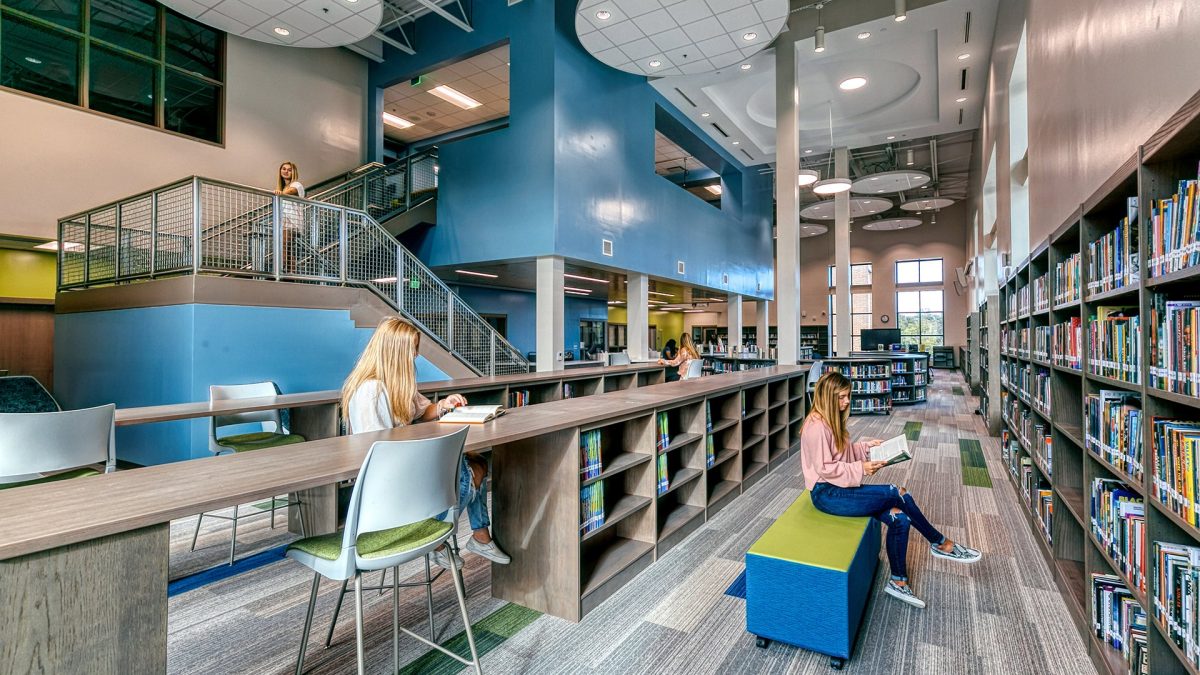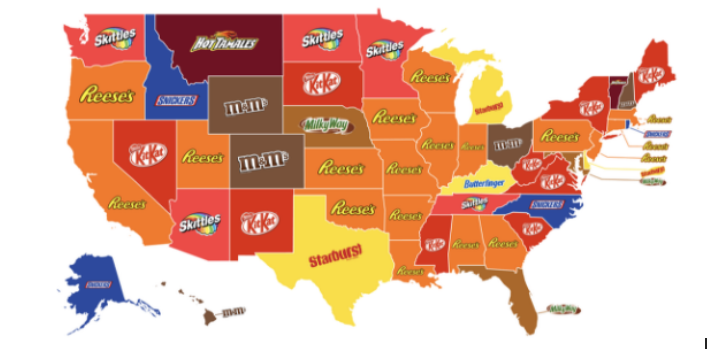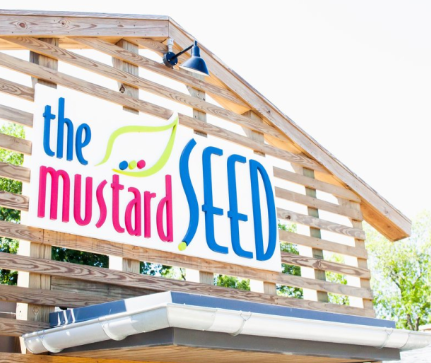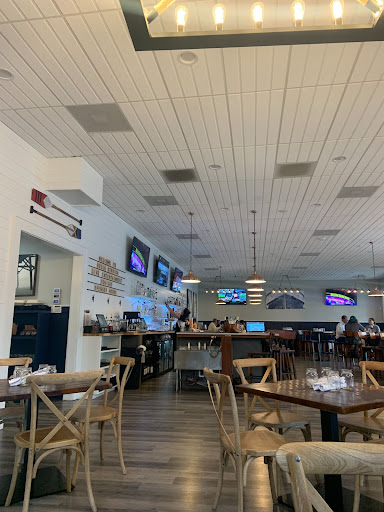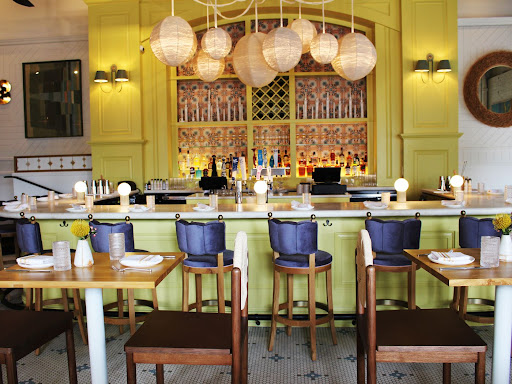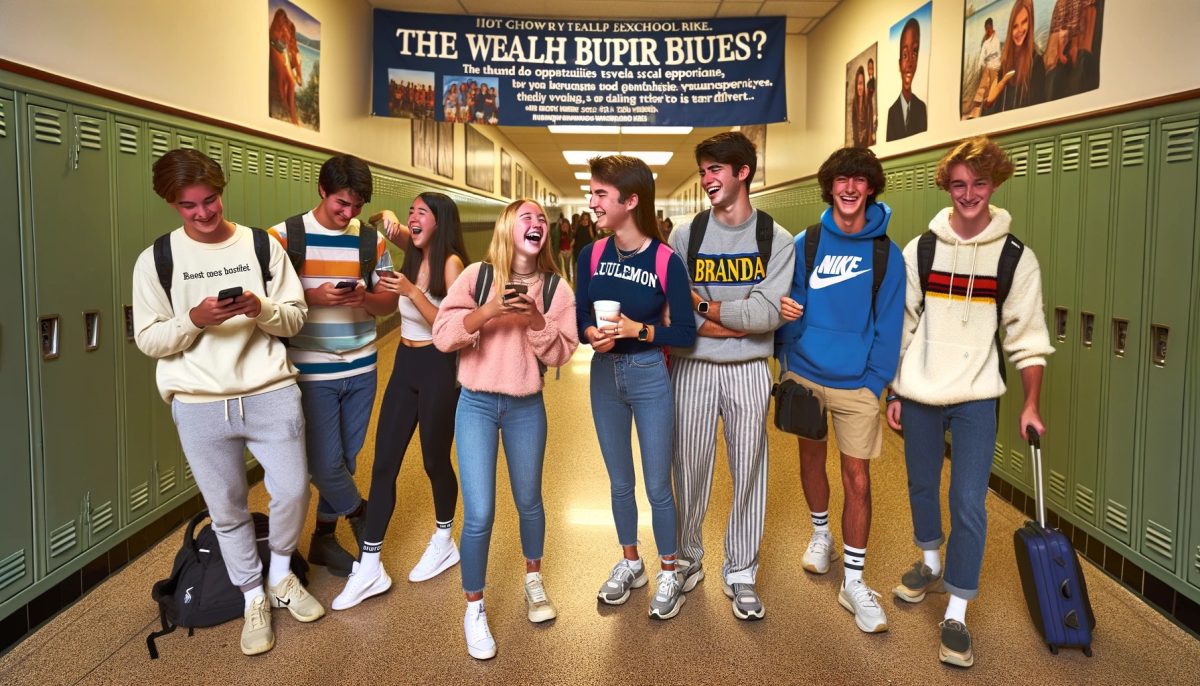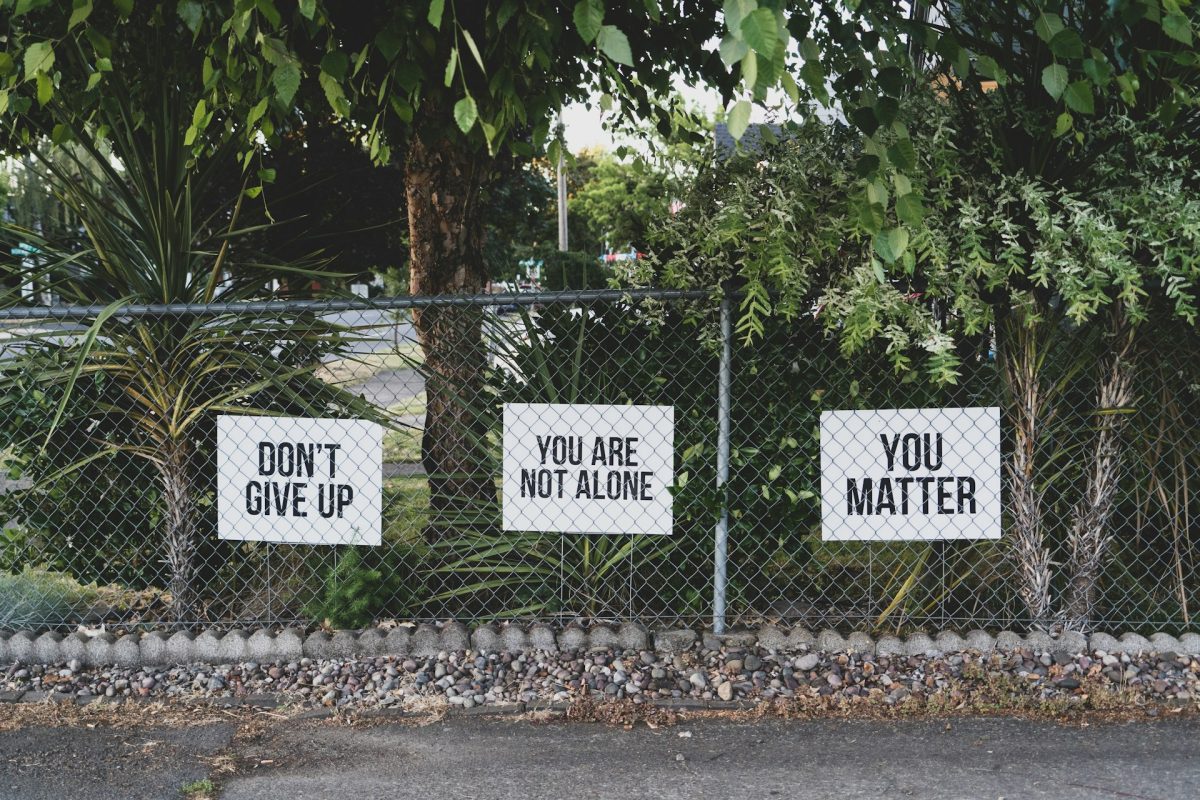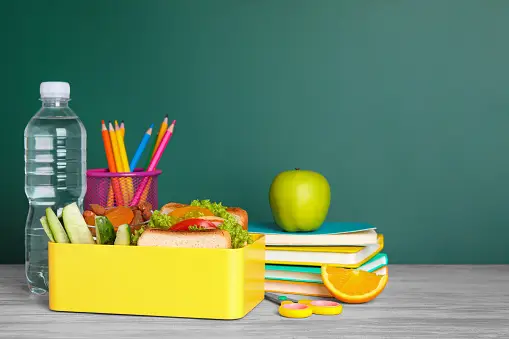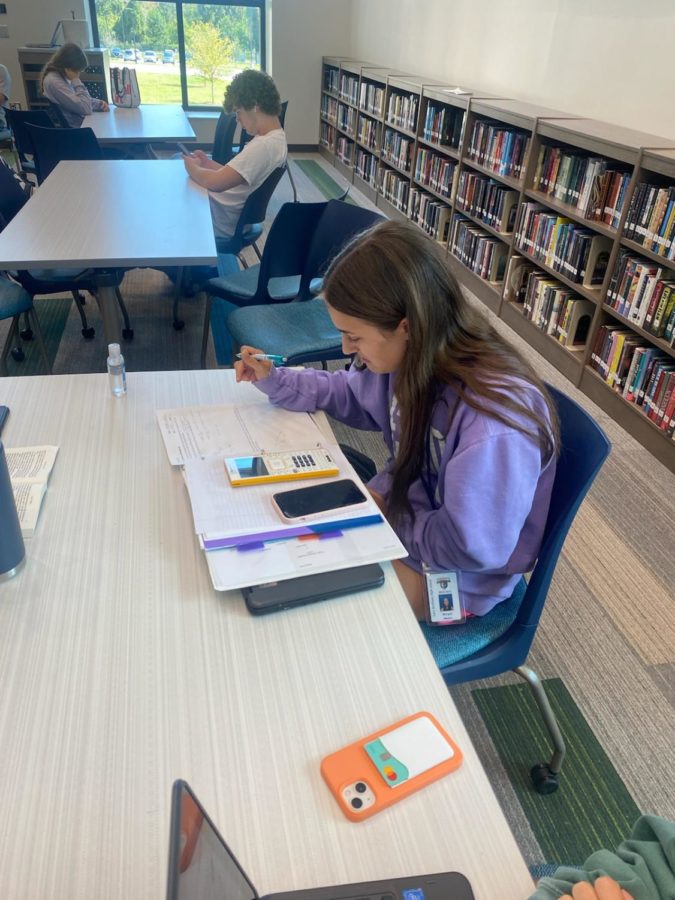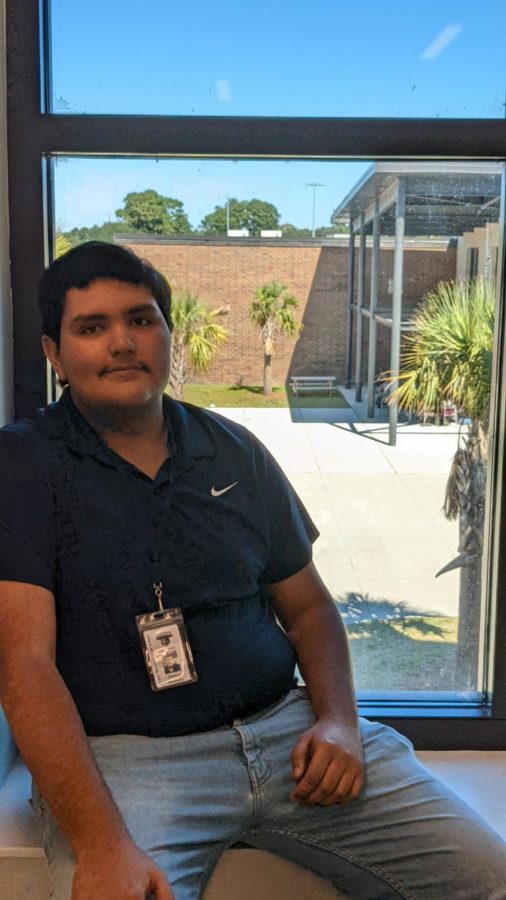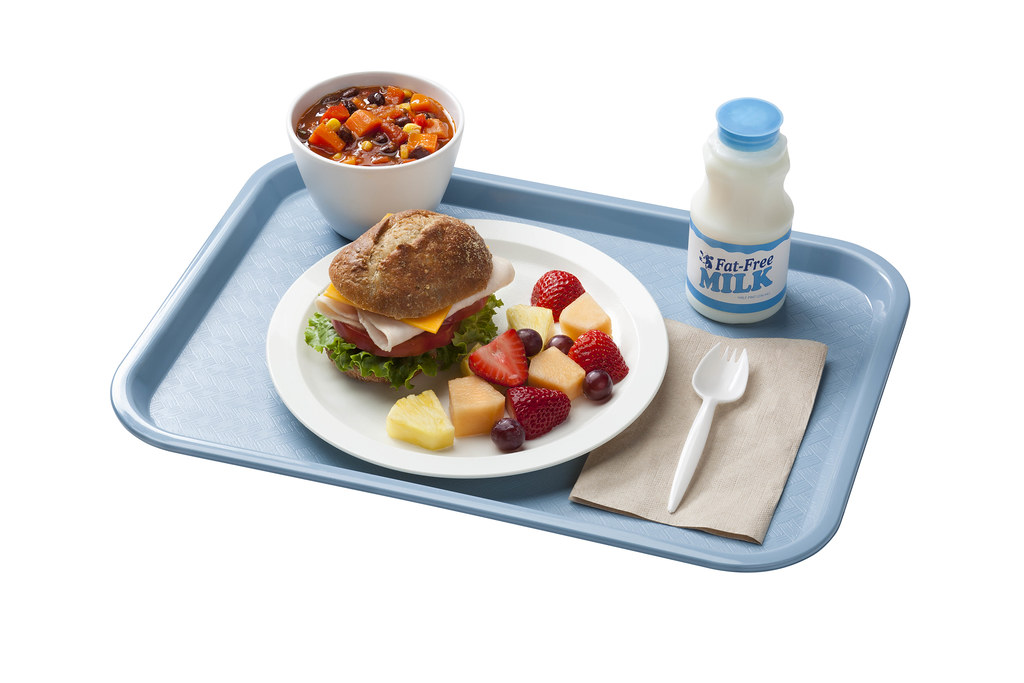For years, it has been common to assume that school lunches are gross across the board, whether depicted through pop culture or personal experience. However, this cliche is specific to our experience in the United States. Eating healthy fresh food is a standard we usually hold in private schools in the United States, but is recognized as a priority in public schools from many countries around the world. In South Korea, students enjoy Kimbap, which is a roll of rice, vegetables, and bulgogi. Similarly, Swedish schools prioritize freshly sourced ingredients, serving sandwiches with smoked salmon and fresh vegetables, creating a healthy option for students.
In the United States, where school lunches usually serve meals like pizza and “chicken” sandwiches, concerns are raised about nutritional value and health impacts. These meals are usually not well balanced and are high in sodium, vastly different from the rich food offered in other countries. From such an established country as the United States, many question why school lunches are notoriously inadequate. Funding has been an issue for many problems in public schools for a while, including the amount spent on the quality of food. If we prioritize and fund core aspects, such as quality of meals and nutrition rather than long shelf life, in addition to cheap ingredients, schools could create trust between students and their school and a happier experience overall.

